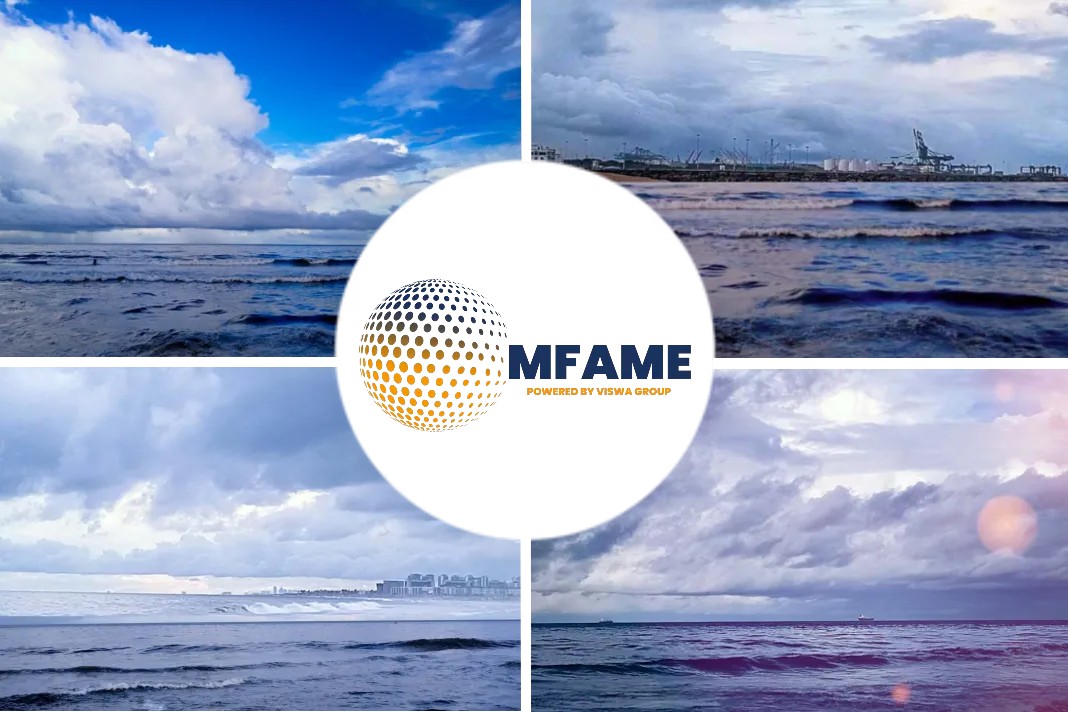- Oil markets only exhibit the current combination of falling spot prices and a calendar spread in backwardation relatively infrequently.
- It suggests the contradiction between them will resolve itself rapidly.
A recent news article published in the Reuters states that oil price path depends on pandemic’s next phase.
Falling spot prices imply the production-consumption balance
Falling spot prices imply the production-consumption balance is expected to become less tight – but backwardation implies the opposite, with a further drawdown in inventories from already low levels.
The contradictory combination of falling prices and backwardation normally occurs when prices have passed a cyclical peak, whether a major multi-year cycle or a more temporary short-term one.
But of the four possible states for spot prices (rising, falling) and calendar spreads (backwardation, contango), this is the least common, present on only 18% of trading days since the start of 1993.
Other combinations of rising prices
Like the other infrequent combination of rising prices and contango, the current mix of falling prices and backwardation is unstable, apt to resolve itself relatively quickly.
If producers respond by cutting anticipated output, the expected rise in inventories will be reduced, reversing the slide in prices and keeping the market in backwardation (path 1 in the attached diagram).
If they leave output unchanged, inventories will swell, the market will move from backwardation to contango, and prices drop further, until the incentive to cut production becomes irresistible (path 2).
What is the third possibility?
The final possibility is consumption declines because the epidemic worsens, accelerating the expected rise in inventories, the move to contango and the fall in spot prices, signalling the start of a deeper and more protracted slump (path 4).
Combinations of these paths are possible, which makes predicting the next move in both spot prices and spreads more challenging.
But at this point, there are two major sources of uncertainty, which will determine whether the current pull back is small and temporary, or larger and more enduring.
OPEC+ and U.S. shale producers respond
Second, whether the upsurge in coronavirus cases has more or less impact on domestic and international travel than currently feared (the difference between paths 3 and 4).
Producer responses are largely reflexive and endogenous: the more spot prices fall and spreads weaken, the more they are likely to react by cutting output, helping stabilise the market.
But the course of the coronavirus is determined outside the market, so its impact on the economy and travel is likely to be the primary driver for prices and spreads in the next few months.
Did you subscribe to our daily newsletter?
It’s Free! Click here to Subscribe!
Source: Reuters
























